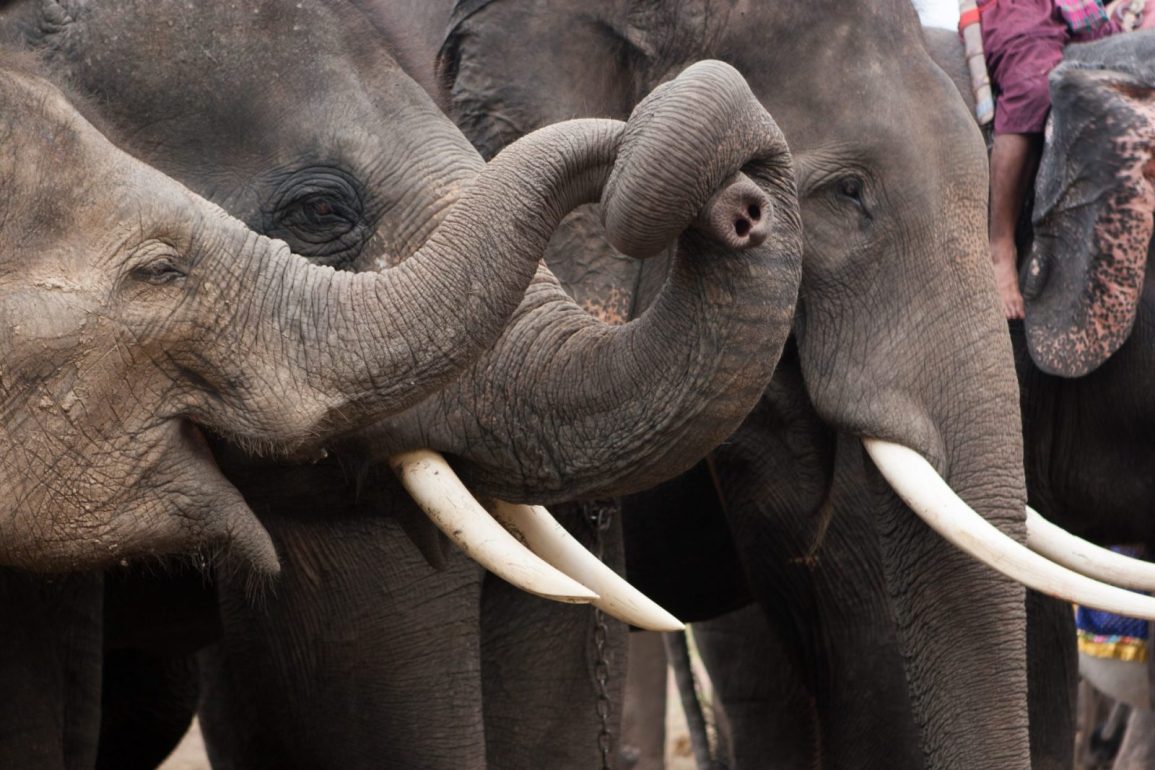Elephants are renowned for their remarkable trunks, which serve numerous functions and are vital to their survival. Recent research published in Royal Society Open Science has shed new light on the significance of the wrinkles found on elephant trunks.
Co-author Michael Brecht suggests that these wrinkles may play a crucial role in determining whether an elephant has a preference for using its right or left trunk. This finding emphasizes the importance of seemingly minor anatomical features in understanding elephant behavior.
A key revelation from the study is that baby elephants are born with trunk wrinkles, contradicting the common belief that these creases develop over time due to use.
The researchers discovered that the formation of wrinkles begins even before birth, indicating they serve a specific purpose from an early age. This suggests that the design of an elephant’s trunk is inherently functional, providing advantages as the animal matures and learns to navigate its environment.

To explore the connection between trunk wrinkles and lateral preference, the research team examined photographs of live African and Asian elephants, alongside tissue samples and observations of elephants in captivity.
The results showed a notable correlation between the number of wrinkles on one side of the trunk and the animal’s preference for using that side, either right or left. This aspect of trunk usage highlights the complexities of elephant behavior and offers insight into their dexterity, akin to human handedness.
The elephant trunk is a sophisticated organ, consisting of around 40,000 muscles and lacking bones, allowing for a remarkable range of motion. Elephants employ their trunks for various tasks, such as picking up objects, trumpeting, and even peeling bananas.
The wrinkles in the trunk enhance its functionality, acting like joints that enable more precise movements. Additionally, the trunk can function as a snorkel when elephants need to traverse deep waters, showcasing its versatility and adaptability compared to human anatomy.
The implications of this research extend beyond understanding elephant behavior; the findings could influence advancements in soft robotics. The authors of the study believe that the insights gained from the mechanics of elephant trunks may contribute to the development of soft robots, which mimic animal movements for various applications, including disaster relief.
By studying the unique capabilities of elephant trunks, researchers aim to create more effective robotic designs that draw inspiration from the natural world, highlighting the potential benefits of interdisciplinary research.

